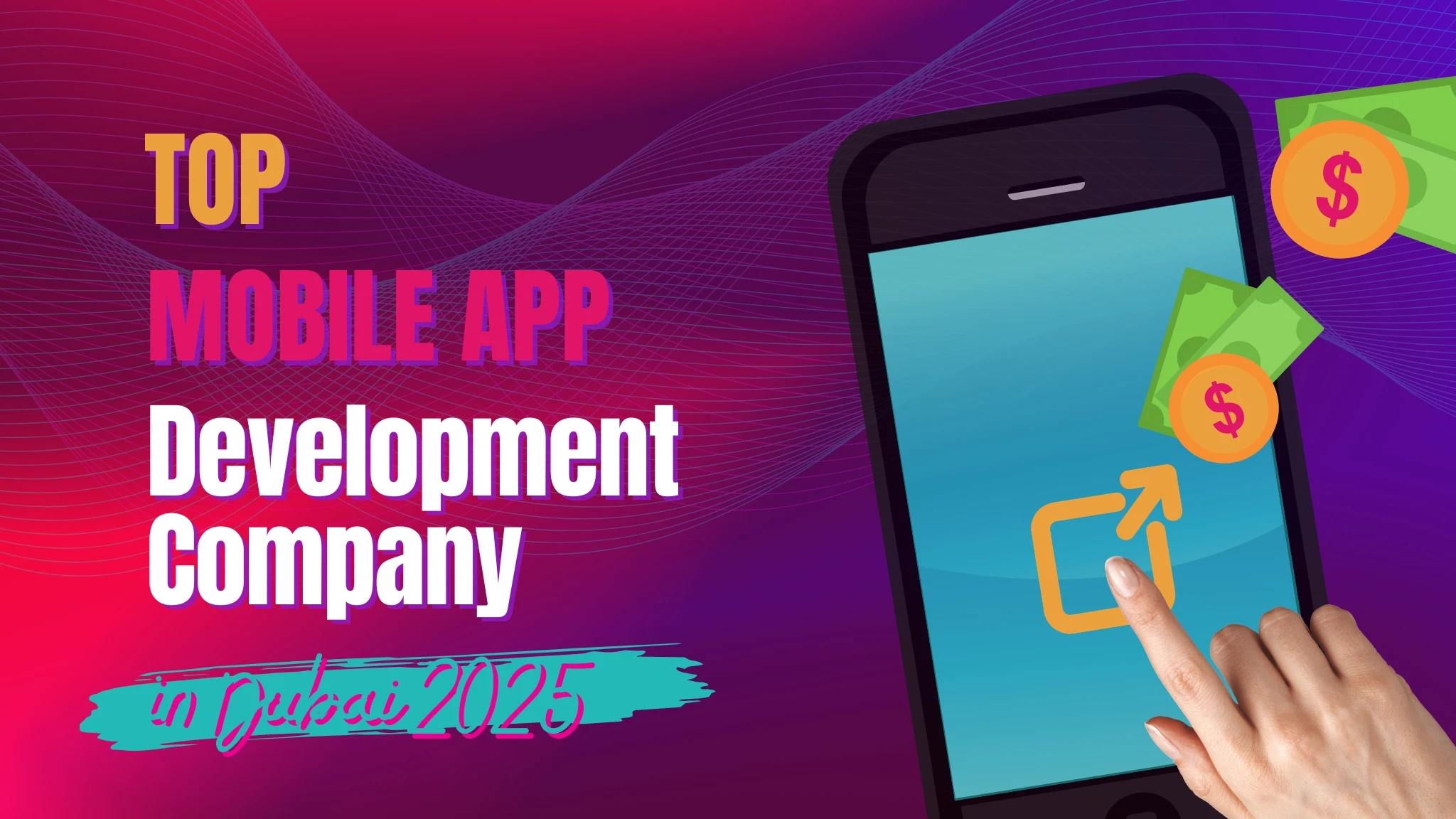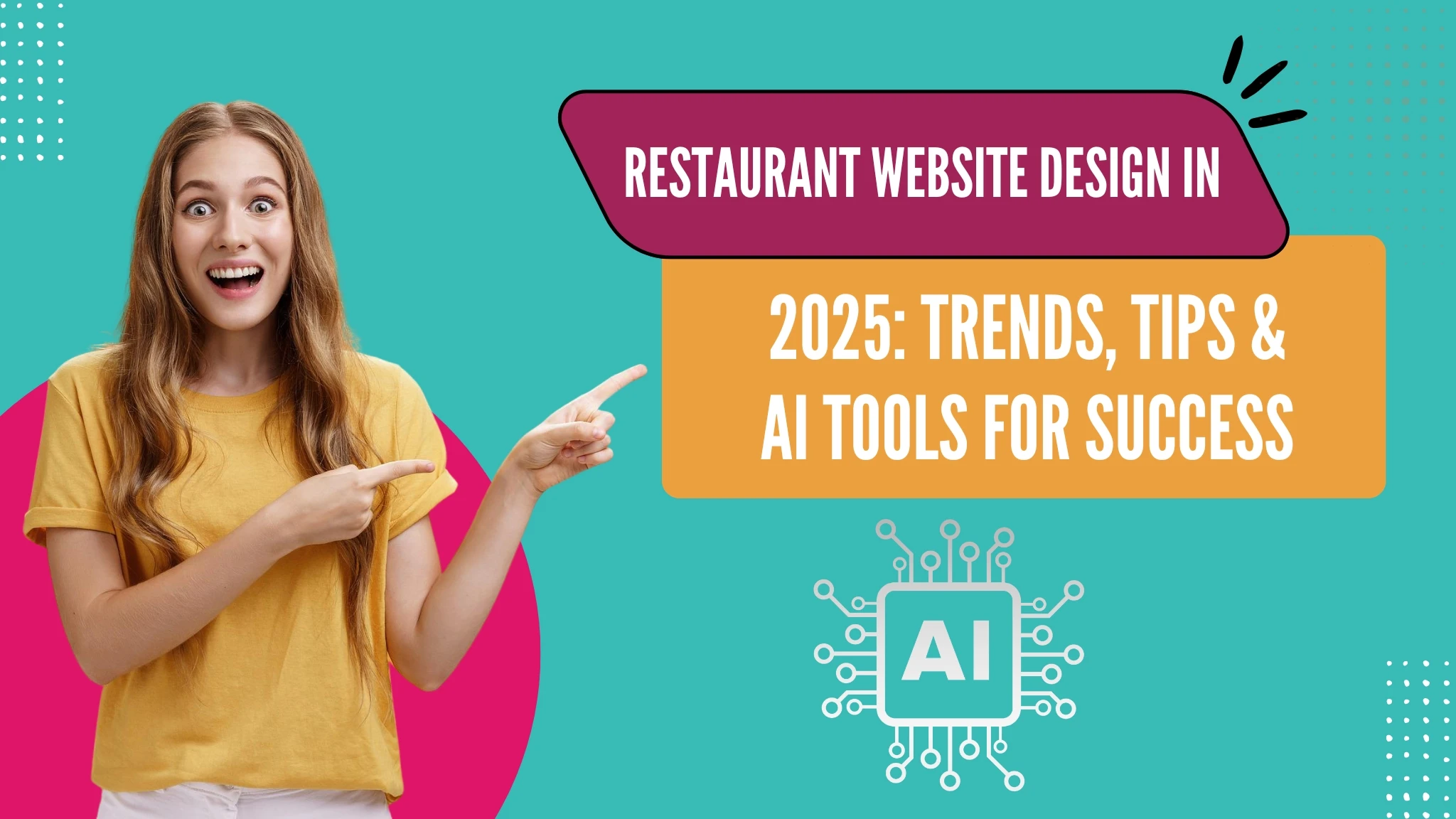Introduction: Why Build an Educational Website in 2025?
The digital learning landscape is rapidly evolving. In 2025, educational websites are more than just content hubs—they’re interactive learning platforms. Whether you are a tutor, a school, an online course creator, or an expert, building an educational website opens doors to:
- Reach global learners instantly
- Provide personalized learning experiences
- Monetize courses and resources
- Automate administrative and teaching tasks with AI
The rise of AI is transforming how educational websites are designed and managed. AI tools help generate content, recommend courses, personalize learning paths, and even manage student progress. By combining good UX, engaging content, and AI integration, your educational website can stand out in a highly competitive online education market.
This guide will take you step-by-step, from defining your website’s purpose to launching, marketing, and growing your online presence—ensuring it ranks on Google and AI-powered platforms.
Website Design Services!
Step 1: Define Your Educational Website Purpose & Type
Start with a clear vision. Your website’s purpose will dictate your content, design, and functionality. Consider:
- Audience: Students, teachers, professionals, or parents?
- Content Focus: Courses, tutorials, videos, blogs, quizzes, or digital resources?
- Monetization Goals: Free resources, paid courses, memberships, or tutoring services?
Types of Educational Websites
- Institutional Websites: Schools, colleges, universities. Provide program info, admissions, and faculty details.
- Online Course Platforms: Structured, concise courses with optional memberships. Examples: Teachable, Thinkific.
- Educational Resource Hubs: Lesson plans, quizzes, worksheets. Examples: Khan Academy, Teachers Pay Teachers.
- Digital Libraries: Digitized books, journals, and historical documents. Example: Project Gutenberg.
- Language Learning Sites: Flashcards, exercises, community features. Example: Duolingo.
- Skills-Based Tutorial Sites: Coding, photography, and design tutorials. Can include blogs, videos, and eBooks.
- Educational Gaming Sites: Interactive games for learning concepts, mainly for children. Example: Prodigy.
- Cultural/Educational Heritage Sites: Museums, cultural organizations, virtual exhibits.
AI Tip: Utilize ChatGPT to generate niche topics, course ideas, or content types specifically tailored to your audience.
Pro Tip: Define your core mission and target audience clearly—this ensures AI-generated content aligns with your vision.
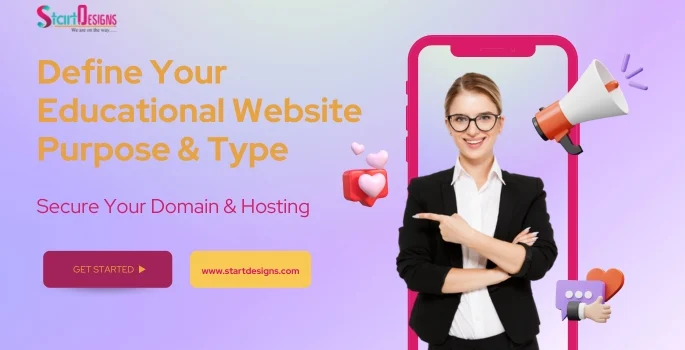
Step 2: Secure Your Domain & Hosting
A strong domain and hosting setup is essential.
Domain Tips:
- Short, memorable, and keyword-rich
- Avoid hyphens, numbers, or hard-to-spell words
- Use relevant TLDs:
.edu,.org,.school,.academy
Hosting:
- Use reliable, fast, and secure hosting (SiteGround, Bluehost, Hostinger)
- AI-powered hosting can optimize speed, security, and performance automatically
AI Tip: Some AI hosting platforms automatically monitor load times, compress images, and recommend caching solutions—helping your website load faster and rank better.
Step 3: Choose the Right Website Builder
Your builder should support: content updates, LMS integration, gamification, eCommerce, and interactive features.
Popular Options:
- WordPress: Flexible, thousands of plugins, AI SEO plugins (WordLift, RankMath AI)
- Wix ADI: Drag-and-drop AI design suggestions
- Shopify: Monetization-focused, perfect for paid courses
Key Features to Check:
- LMS integration (LearnDash, Teachable, Moodle)
- Gamification support: points, badges, leaderboards
- Appointment tools for one-on-one sessions
- eCommerce features for paid courses
AI Tip: Many builders now offer AI-assisted content layout suggestions, auto-generated pages, and media optimization.
Step 4: User-Focused Site Structure & Wireframing
Plan pages for clarity and intuitive navigation:
- Homepage: Overview + CTA
- About Us: Mission, vision, team
- Courses/Programs: Detailed listings
- News & Events: Updates & community engagement
- Contact: Easy-to-find information
- Testimonials: Credibility
- Faculty Profiles: Expertise showcase
Wireframing:
- Sketch each page layout
- Include videos, CTAs, search, and interactive elements
- Ensure mobile adaptability
AI Tip: Figma + AI plugins can generate wireframe variations and design suggestions automatically.
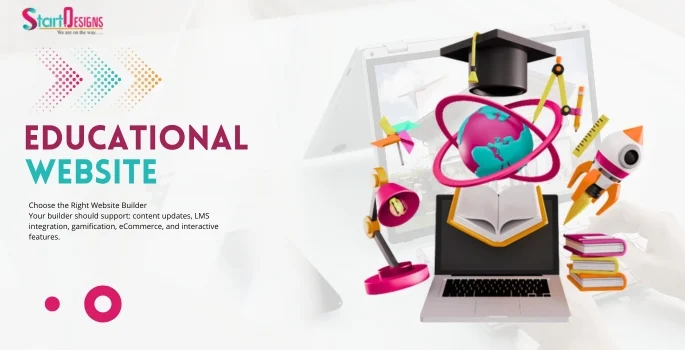
Step 5: Design for Your Audience
Key design principles:
- Color Scheme: Calm, trust-building colors (blue, green, earth tones). Use the 60/30/10 rule.
- Typography: 1–2 cohesive fonts for headings and body
- Imagery: High-quality, authentic photos (avoid generic stock images)
- Logo: Simple, memorable, high-resolution
Interactive Elements:
- Gamification: badges, leaderboards, progress tracking
- AI Tip: Use Canva AI to create visuals and banners
Pro Tip: Prioritize accessibility, mobile-first web design, and flexibility for easy content updates.
Step 6: Plan, Organize & Create Educational Content
Content Planning Steps:
- Competitive Research: Identify gaps & opportunities
- Topic List: Separate evergreen vs trending content
- Keyword Research: Primary, secondary, and semantic keywords
- Content Formats:
- Articles & blog posts
- Video tutorials & webinars
- Interactive exercises & quizzes
- Case studies & eBooks
AI Tip:
- ChatGPT / Jasper: generate outlines & content drafts
- Canva AI: visuals, infographics, diagrams
- Grammarly / Hemingway: readability & grammar
Pro Tip: Organize content in a logical learning path to improve engagement and SEO performance.
Step 7: SEO & AI Optimization
On-Page SEO:
- Meta titles & descriptions
- H1-H3 headings
- Alt text for images
- Internal linking
- Structured data: FAQ schema
Off-Page SEO:
- Guest posts & backlinks
- Social sharing
- Authoritative references
Technical SEO:
- XML sitemap
- Mobile optimization
- Fast loading speed
AI Optimization:
- Short snippet-friendly answers
- Semantic keywords for AI tools and search engines
- Headings & bullet points for clarity
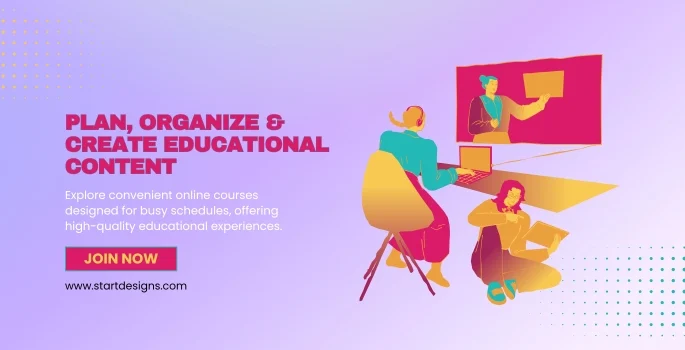
Step 8: Launch, Test & Refine
- Test forms, links, and media
- Check responsiveness on all devices
- Proofread all content
- Verify accessibility & alt text
- Use Google Analytics + AI analytics for insights
- Update content regularly for SEO trends & seasonal relevance
Step 9: Marketing & Promotion
- Platforms: LinkedIn, YouTube, Instagram, TikTok, Spotify (podcasts)
- Collaborations: Guest posts, webinars, podcasts
- Email Marketing: Segmented AI campaigns
- Build a community: forums, Q&A sessions, interactive challenges
AI Tip: Use AI-powered analytics to identify high-performing content and audience behavior.
Step 10: AI Features to Boost Engagement
- Personalized learning paths
- Automated grading & notifications
- AI-driven content recommendations
- Chatbots for FAQs and student support
Example: Adaptive quizzes that adjust difficulty based on learner performance increase retention and engagement.
About the author
Popular Posts

The Ultimate Guide to Framer Resources for Beginners & Pros (2025 Edition)
November 20, 2025- 8 Min Read
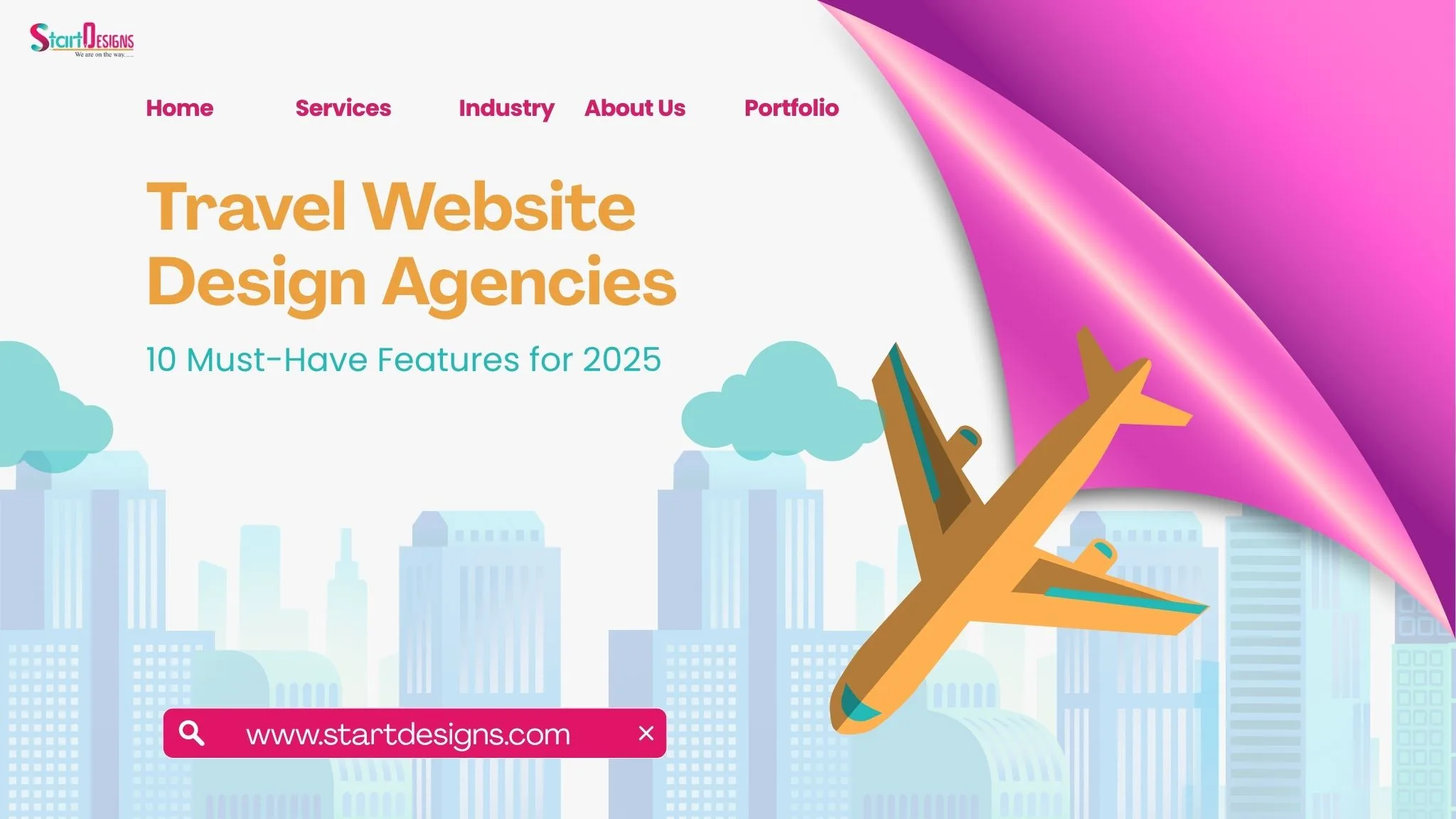
Travel Website Design Agencies: 10 Must-Have Features for 2025
November 5, 2025- 7 Min Read

Top Digital Marketing & Web development Services in Blackburn
November 1, 2025- 6 Min Read

